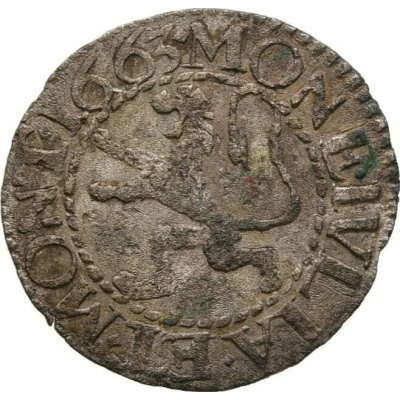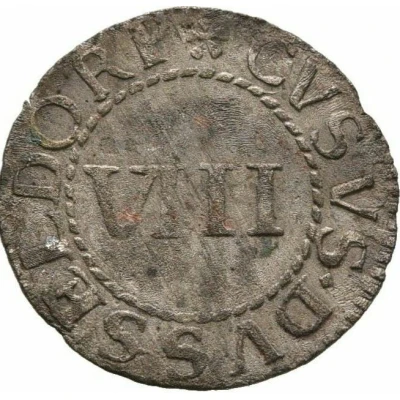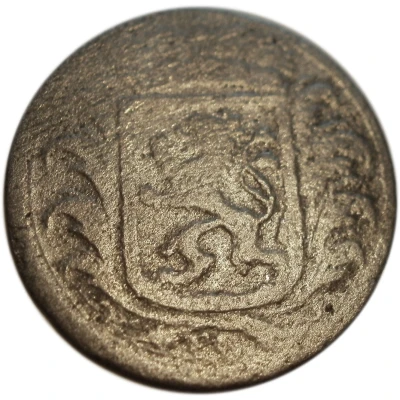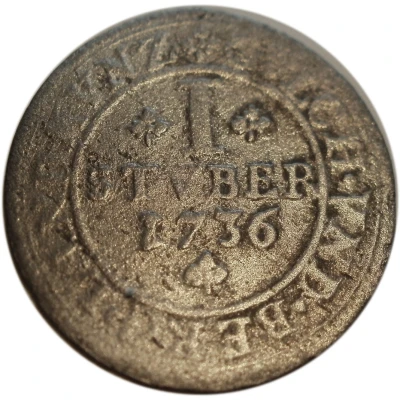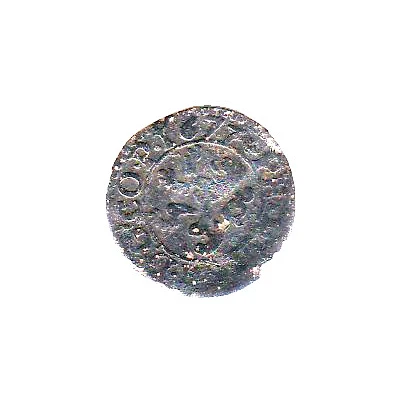
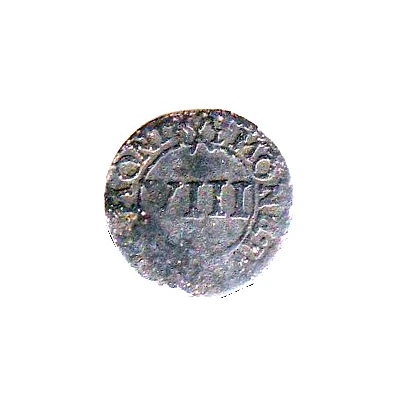

8 Heller
| Billon | 0.6 g | 16.5 mm |
| Issuer | Duchy of Jülich-Berg (German States) |
|---|---|
| Duke | Philip William (1653-1679) |
| Type | Standard circulation coin |
| Years | 1676-1679 |
| Value | 8 Hellers (1⁄78) |
| Currency | Thaler (1423-1795) |
| Composition | Billon |
| Weight | 0.6 g |
| Diameter | 16.5 mm |
| Thickness | 0.3 mm |
| Shape | Round |
| Demonetized | Yes |
| Updated | 2024-10-05 |
| Numista | N#87006 |
|---|---|
| Rarity index | 90% |
Reverse
Value in roman number in center, legend surrounding.
Script: Latin
Lettering: MON.IVL.ET.MONT.
Translation: Money of Jul(ich) & Berg
Comment
This type exists with and without the circle inside the legend on the obverse and reverse.
Interesting fact
The 8 Heller coin from the Duchy of Jülich-Berg (German States) made of Billon weighing 0.6 g is interesting because it was minted during a time of great economic and political change in Europe. The coin was issued during the reign of Duke Johann Wilhelm II, who ruled the Duchy from 1674 to 1707. During his reign, the Duchy experienced significant economic growth and cultural development, and the minting of coins like the 8 Heller was an important part of this process. The coin's design, which features the Duke's portrait on one side and the coat of arms of the Duchy on the other, reflects the political and cultural influences of the time. Additionally, the use of Billon, a copper and silver alloy, was a common practice during this period, as it was a more affordable alternative to pure silver or gold coins. Overall, the 8 Heller coin from the Duchy of Jülich-Berg is a fascinating piece of history that provides insight into the economic, political, and cultural developments of 17th-century Europe.
